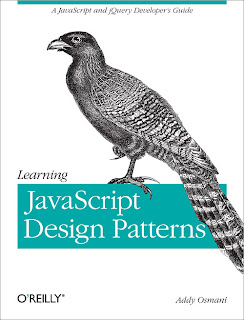Intermediate kanji book is by far the best book I have found for systematically studying Kanji. Let me state my brief credentials so that you can have
some confidence in my review. I graduated from university with a major
in Japanese and Spanish for Education, K-12 (in the US). I taught
Japanese in public schools, elementary, junior high and high school, as
well as tutored college students. I studied abroad at a school that
focused primarily on teaching Japanese (all in Japanese), and I am
currently living and working in Japan. Japanese is my personal hobby,
and I spend approximately 20 hours a week studying, reading, and writing
Japanese (specifically for increasing my knowledge of the language).
That
said, I have found no Kanji book designed to teach Kanji that I can
recommend apart from this series. The one critical flaw is that it uses
some translation (English), which I feel is unnecessary and best
excluded (so as to market this book to people of all mother tongues, and
to avoid "poluting" a learner's brain with English as they study
Japanese). Aside from that, it has an excellent approach.
Most
Kanji books begin with showing you the character, the various readings,
some example compound sentences (and maybe some example sentences),
translation in English, and how to write the character. Then, of course,
you begin filling in 10-20 little boxes with the character until your
hand cramps up, all to end up completely forgetting how to write it the
next day (and maybe even forget the reading, too).

This book is
different. It takes you through the Kanji in a wholistic fashion, with
no fill-in-the-boxes. Well, at least not the traditional kind. Instead,
you look at Kanji as a set of characters composed of other characters,
and see how they interrelate. You compare pronunciations of similar
looking Kanji, of those with the same radical (root character), and
those with opposite meanings, etc. You look at the various Kanji with
the same reading but different meaning, and you compare groups to see
what they have in common (commonality, such as the shape, meaning, use,
and pronunciation). You will also look at characters attached to other
combinations that are used as suffixes and prefixes, such as characters
that negate meaning (turning "convenient" into "inconvenient").
By
using this book, you can very efficiently and truly learn Kanji. You
will be able to tell the difference between very similar Kanji, find it
easier to write them by breaking them down into parts, and easily recall
and use Kanji with opposite or similar meanings as well as apply
suffixes and prefixes to make your language use more particular.
Some
may notice the lack of apparent "emphasis" on writing the Kanji. It may
appear so because it does not contain lots of boxes to write your Kanji
in, and it never tells you to "write this Kanji 20 times." In fact, for
many of the characters it will not show you ALL of the step by step
strokes. Why? Because it places the radical/base character in one box.
Why keep re-learning the stroke order for a character you should already
know? In fact, if you learn each Kanji you come across as merely a
series of strokes, you will feel constant frustration at your inability
to remember how to write them. After all, who can remember 5-18 strokes
for most of the 2000 characters? Multiply that and average it out, and
see how unreasonable a task that is. Instead, you learn the radicals and
then simply use them. For example, a character like the one used in the
days of the week (I can't use Japanese font in Amazon, sorry, but the
romaji is "YOO" or "YOU" with a long "O" sound), is extremely hard to
remember. It has 18 strokes and doesn't look like anything but a
complicated character. however, it's actually quite easy. On the left is
the character for day ("HI"), then across from that at the top are two
Katakana "YO" characters side by side, and then the last character is a
standard character that, although it looks complicated, it's easy to
learn and replicate. Remembering this character in this manner makes
writing it from memory easy.
The infamous and highly
controversial "Heisig Method" uses basically this same principle, except
that you attach random (unrelated) English words to each character (or
radical/base character). This allows you to memorize them easily, but
the English word you attach to them is absolute nonsense and may confuse
and harm your ability to learn the meanings of the Kanji later (yeah,
you learn the meanings in the second book of Heisig's methodology; first
book is nothing but the shapes of the characters). Using the
Intermediate Kanji Book series (or the Basic Kanji Book series), you can
do the same thing without the messy, nonsense English attached.
Get
this book, study it, periodically review all of them, and then be proud
of your Kanji ability. Yeah, go read those manga, novels, and magazines
you bought but left lying around on the shelf because looking up the
Kanji was too hard -- now you don't have to look too much up anymore!
Download links:
- 4shared : Vol 1 | Vol 2
- Mediafire: Vol 1 + Vol 2





























